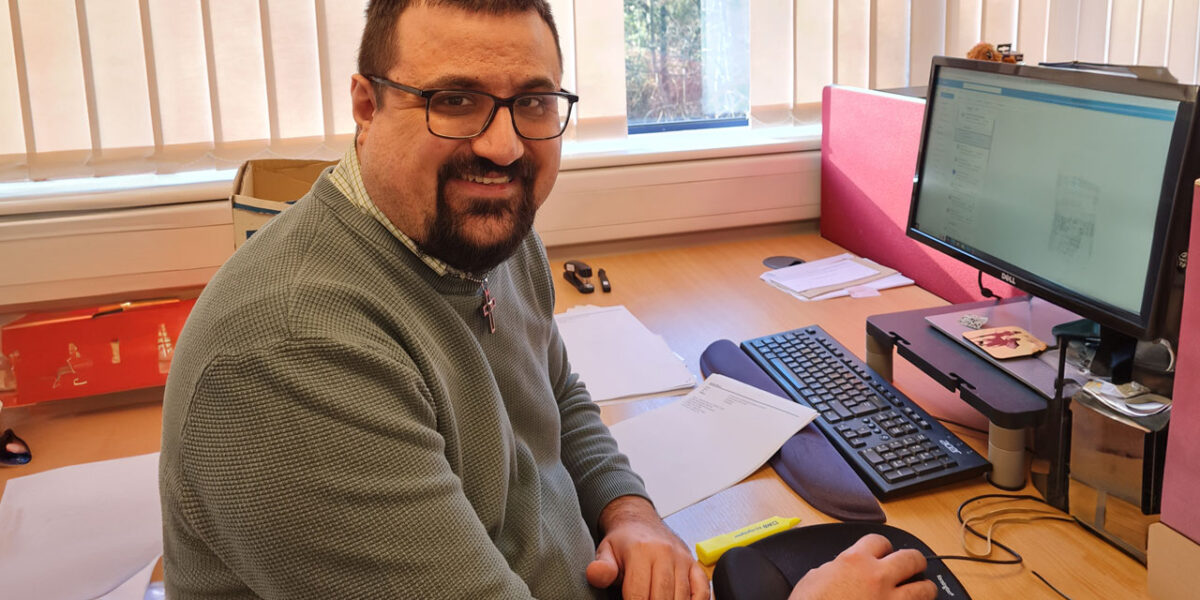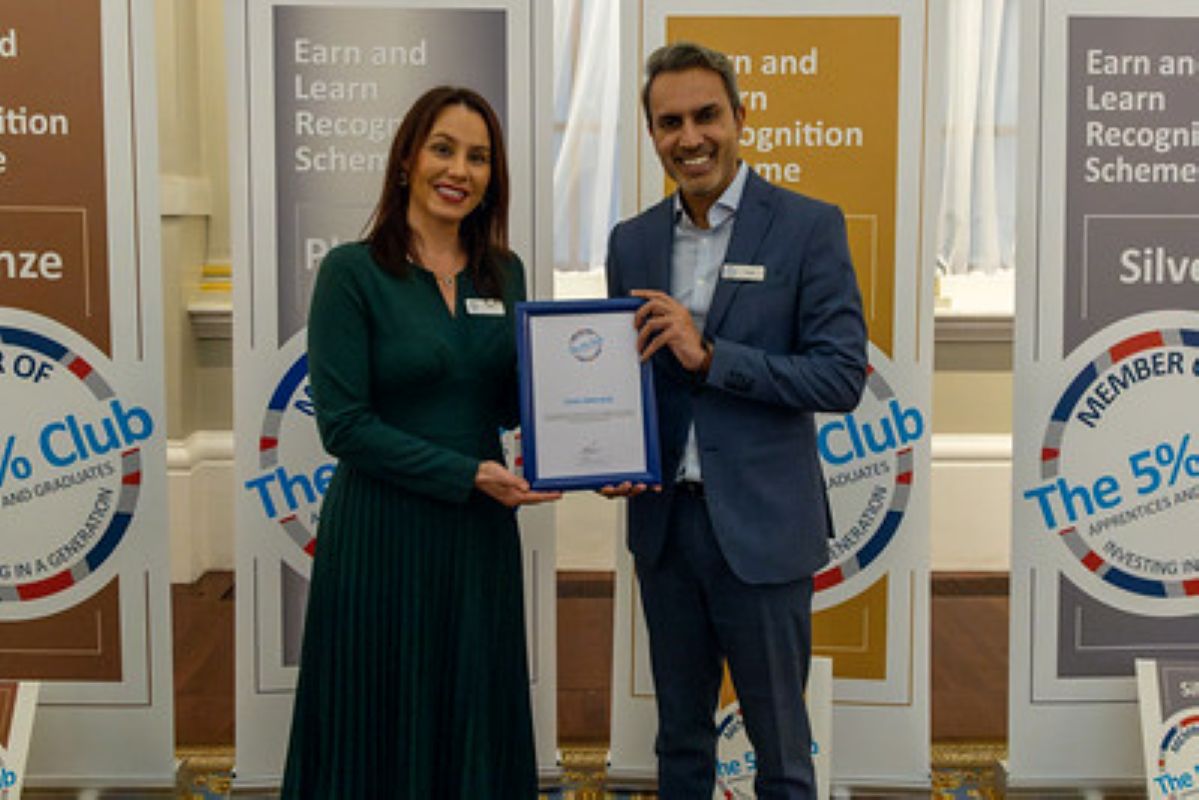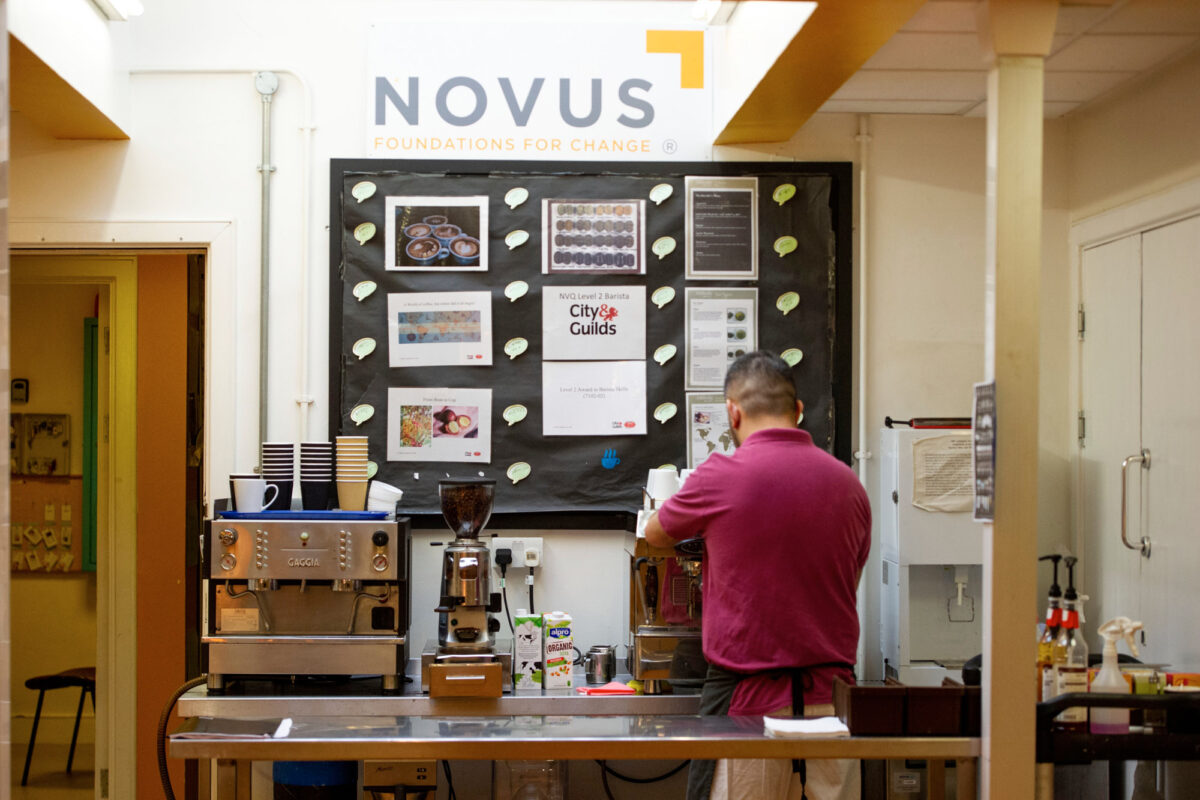Navigating the digital landscape: Understanding the nuances between filtering and monitoring solutions

In this article, Kat discusses the important of understanding the differences between filtering and monitoring tools to help protect students online
Technology brings huge opportunities for educating young people, with 97% of students accessing the internet either at home, school or elsewhere, online activity is now an essential part of all students’ college and social life. However, it can also bring danger. Smoothwall’s customer research found that a student is suspected to be at serious risk every three minutes.
As the digital world becomes increasingly dangerous, schools and colleges understand that they must adapt to the ever-evolving landscape. They recognise this as a key safeguarding consideration and part of their statutory safeguarding responsibilities. With the list of KCSIE requirements ever-growing, designated safeguarding leads (DSLs) and teachers bear a substantial responsibility for this. For instance, recent KCSIE guidelines state that filtering isn’t sufficient as a standalone solution for ‘monitoring’ activity and needs to be supported by a dedicated monitoring solution. One major issue is many teaching professionals don’t know the difference between filtering and monitoring and the importance of having both tools working simultaneously. This is an important obstacle to overcome to ensure the right systems are in place to help protect students.
Determining the differences between filtering and monitoring
Filtering and monitoring solutions should be used in harmony as they provide very different safeguarding solutions. Integral to college statutory guidance and guidelines for students’ online safety, filtering and monitoring work in tandem, forming an inseparable duo when it comes to identifying potential students at risk online. However, there is often some confusion over the distinction between the two.
Think back to when you were at school. Web filtering is like the playground fence that keeps young people from wandering off into the road, acting as a barrier against dangerous parts of the internet. Monitoring is like the member of staff on duty in the playground that looks at the intent and context of the dangers children might be exposed to and provides a more human-centric approach to removing the risks. Understanding the differences between the two is crucial as monitoring, in addition to filtering, is a requirement under the KCSIE guidelines.
There are various types of filtering and monitoring tools available on the market. However, budget and the specific needs of a college or sixth form will ultimately determine which solution is the best option.
Enhancing protection by filtering dangerous content
Web filtering is designed to block students from being able to access and view inappropriate content on the internet. There are various different deployment options for filtering, including on-premise filtering, cloud filtering – or a hybrid of the two. When the pandemic hit back in 2020, schools and colleges were forced to close, with IT leaders finding themselves front and centre of an unprecedented crisis. IT leaders, DSLs and college principals needed to ensure students were able to work remotely, both effectively and safely. This led to a mass deployment of cloud filtering solutions which have remained in place for those who take college-owned devices home.
There are two types of filtering, an agent-based web filter which sits on individual laptops and must be installed per device, and a network-based web filter, which sits between a college or school’s network and the internet. The latter is the most common filter type in the UK as it is much easier to deploy and colleges can operate it remotely.
Digital monitoring that takes context into account
Digital monitoring is a safety net for teachers who may struggle to identify a student at potential risk in a busy classroom. The ‘you don’t know, what you don’t know’ conundrum presents one of the most significant challenges for DSLs when it comes to managing and understanding student wellbeing. But with digital monitoring, serious risks such as grooming or suicide can be picked up in real time. It will flag if a young person has used their keyboard in any way to view content, type a message or look for information. Digital monitoring solutions empower colleges to know what is happening in their digital environments at all times, and can easily help DSLs identify students who are at potential risk or who need support.
There are two types of digital monitoring: unmanaged and managed – sometimes referred to as moderated. With unmanaged digital monitoring, whenever a user views or types something of concern, the device captures screenshots of the potential risk. These risks are then stored in the system for the DSL to assess and identify any genuine risks later. Managed or moderated digital monitoring involves human moderators who assess alerts and evaluate the severity of the risk. This advanced approach allows for a more contextual interpretation of the nuances surrounding risks that are flagged, helping to minimise false positives and reduce DSL workload.
Digital safeguarding software like this also offers students a direct outreach tool, without having to admit to needing help in person which can often be a barrier to uncovering risks. It takes away the fear and hesitation of approaching someone for help, and offers an intervention tool for DSLs to offer prompt support to vulnerable children within minutes.
Safeguarding young people online is a collective effort, one for colleges, parents and the students themselves. By having the right tools in place, we can be aware of the online risks that students might be exposed to, ensure the right protection is in place and identify any potential risks before they become real-life incidents.
By Kat Howard, Head of Education & Wellbeing at Smoothwall
FE News on the go
Welcome to FE News on the Go, the podcast that delivers exclusive articles from the world of further education straight to your ears.
We are experimenting with Artificial Intelligence to make our exclusive articles even more accessible while also automating the process for our team of project managers.
In each episode, our thought leaders and sector influencers will delve into the most pressing issues facing the FE.











Responses